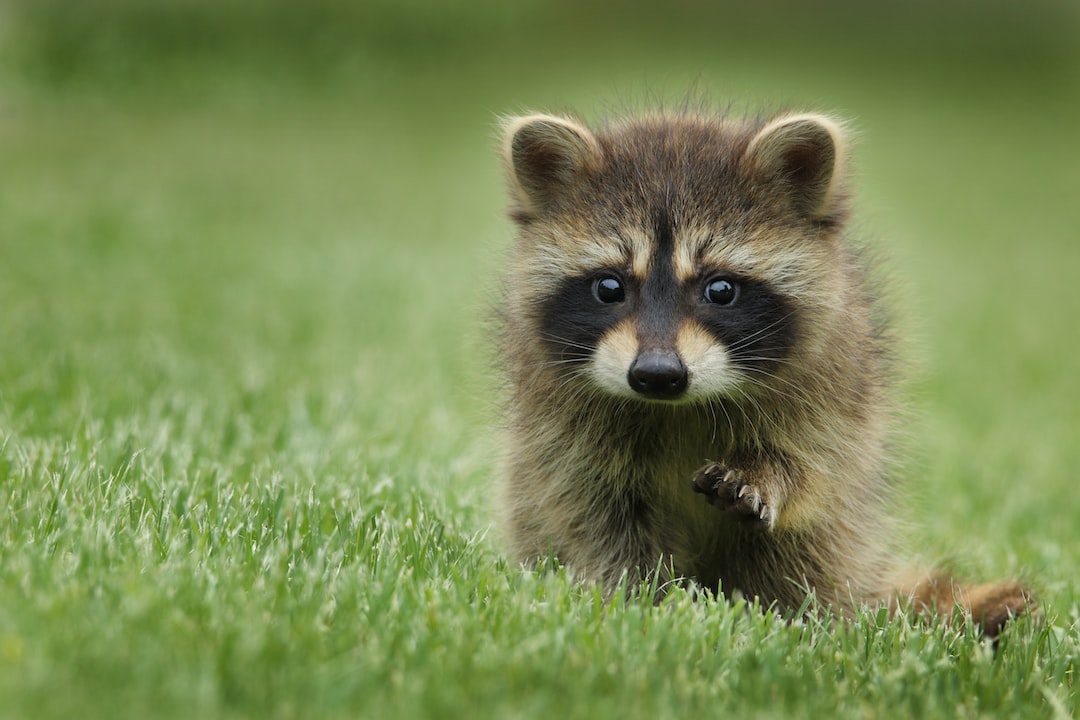Agriculture has played a vital role in human society for centuries, providing food, clothing, and other essential resources. However, while it has significantly improved our lives, it has also had a devastating impact on wildlife. The losses of natural habitats have led to a significant reduction of several animal species leading to extinction.
Agriculture has led to the destruction of forests and other natural habitats, which can have a profound impact on wildlife that relies on these ecosystems. In many cases, agricultural expansion has meant that the native vegetation has been cleared, and animals have limited food sources, leading to malnutrition and starvation. Furthermore, as new land is cleared, wildlife is forced to migrate, exposing them to predators, increasing the risk of injury or death.
Additionally, agriculture often involves the use of chemicals such as pesticides and herbicides, which can have a long-term impact on wildlife. These chemicals are designed to kill pests and weeds, but they can also harm animals that are not the intended targets. The use of pesticides can also affect pollinators such as bees, which are essential for crop production. The reduction of bees and other pollinators can lead to a decline in crop yields, thereby impacting the entire food chain.
The loss of natural habitats has also led to a decline in biodiversity, which refers to the variety of life in a particular ecosystem. A loss of biodiversity can have a profound impact on the ecosystem, making it less resilient to changes in the environment. This could lead to the disappearance of an entire animal species, which could have a ripple effect throughout the ecosystem. For instance, if predators disappeared, the population of their prey would increase, which could lead to overgrazing and a decline in plant life.
Agricultural practices also contribute to climate change, which has a significant impact on wildlife. Expansion of agricultural lands, as well as the use of fertilizers, contribute to greenhouse gas emissions, which are the primary cause of climate change. As temperatures rise, wildlife is forced to adapt or move to find suitable habitats, and those that are unable to do so may be pushed towards extinction.
In conclusion, agriculture has had a significant impact on wildlife. The expansion of agricultural lands, the use of chemicals, the destruction of natural habitats, and climate change have all contributed to the decline in animal species. While humans must continue to produce food and other essential resources, we must do so in a way that protects and preserves wildlife. This may include more sustainable agricultural practices that cause less harm to the environment, such as reduced chemical use and eco-friendly farming techniques. By working together, we can ensure that agriculture and wildlife can co-exist in a balanced and healthy ecosystem.
